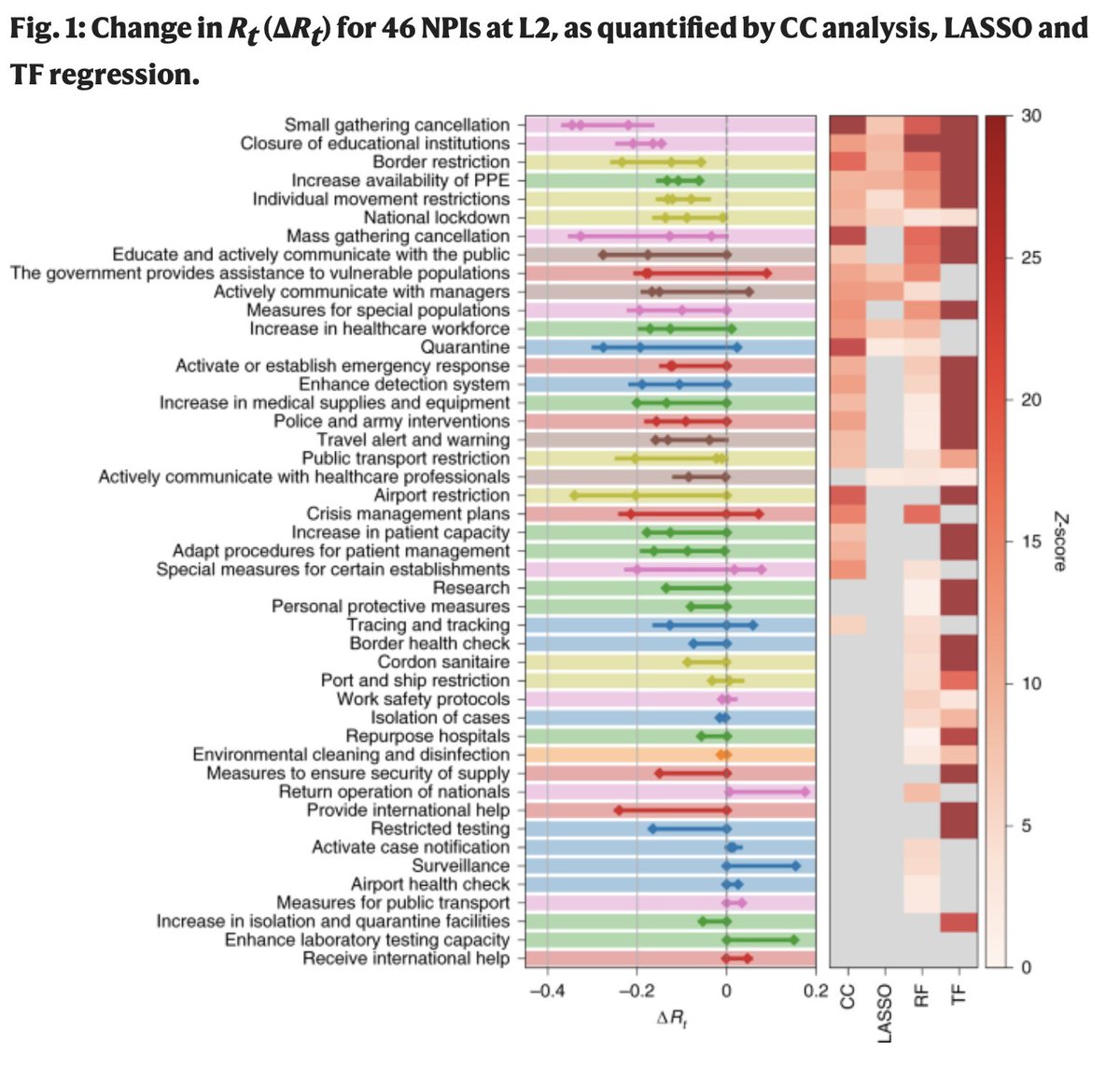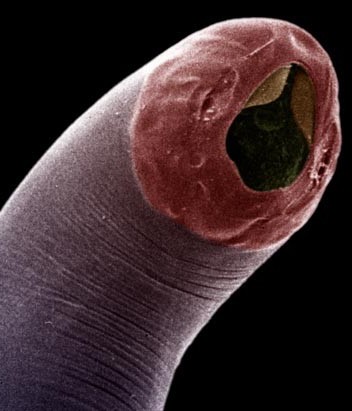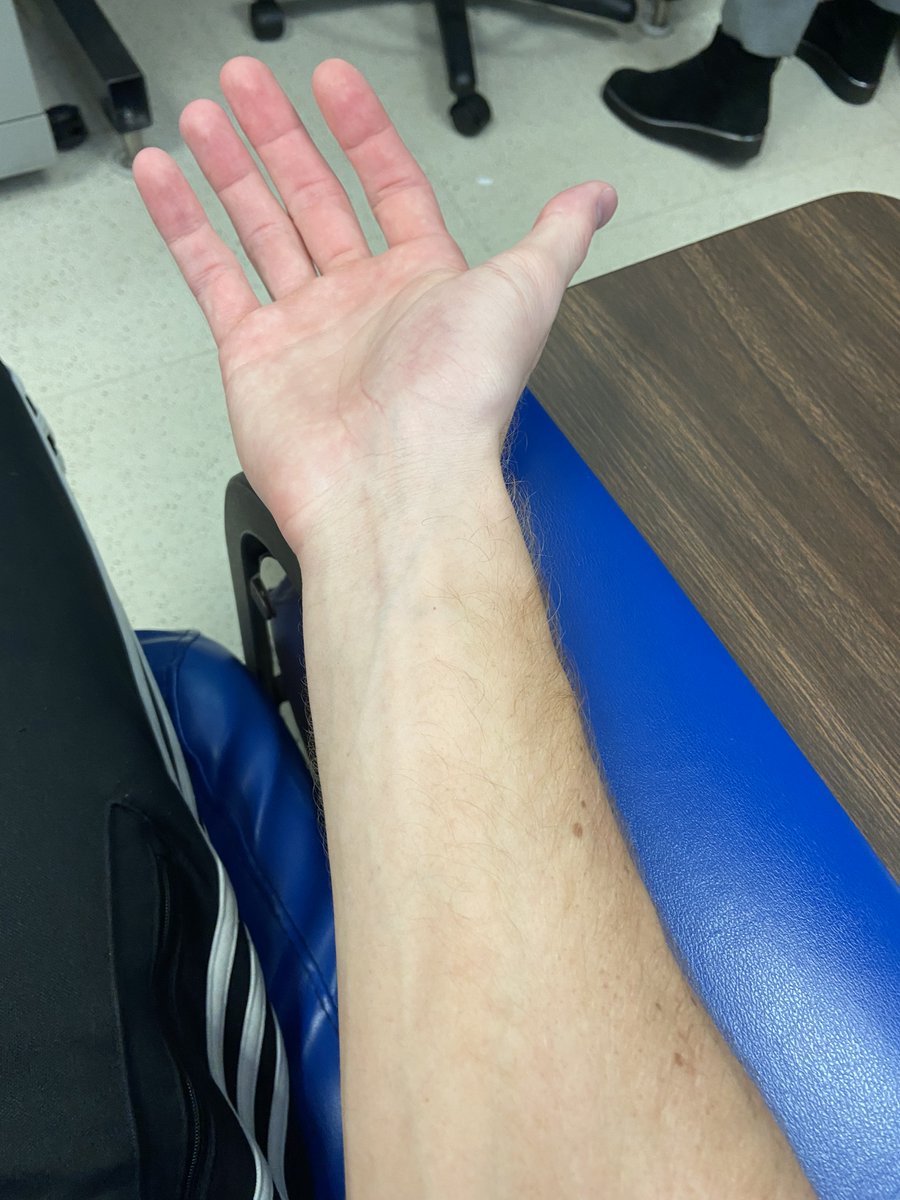1/ Automobiles and Intake Fraction. Since cars are back in the news I thought I would retweet this model result I offered in early April 2020. I focused only on 1 micron particles & accounted for windows completely closed & cracked slightly open.
Simulation: Riding in car for 120 min w/ infected passenger who seems fine other than a cough every few mins. (1) a lot of SARS-CoV-2 virus (in fine aerosol particles) accumulation in car cabin w/ windows closed; (2) cracking window open slightly = dramatic reduction. #COVID19 pic.twitter.com/bCmrmnLUPG
— Dr. Richard Corsi (@CorsIAQ) April 4, 2020
Apologies for sloppy writing. Enjoy the analogy of candles vs power plants in terms of inhalation of fine particles. Candles 👎. I know, different compositions.
More from Science
@mugecevik is an excellent scientist and a responsible professional. She likely read the paper more carefully than most. She grasped some of its strengths and weaknesses that are not apparent from a cursory glance. Below, I will mention a few points some may have missed.
1/
The paper does NOT evaluate the effect of school closures. Instead it conflates all ‘educational settings' into a single category, which includes universities.
2/
The paper primarily evaluates data from March and April 2020. The article is not particularly clear about this limitation, but the information can be found in the hefty supplementary material.
3/

The authors applied four different regression methods (some fancier than others) to the same data. The outcomes of the different regression models are correlated (enough to reach statistical significance), but they vary a lot. (heat map on the right below).
4/

The effect of individual interventions is extremely difficult to disentangle as the authors stress themselves. There is a very large number of interventions considered and the model was run on 49 countries and 26 US States (and not >200 countries).
5/

1/
I've recently come across a disinformation around evidence relating to school closures and community transmission that's been platformed prominently. This arises from flawed understanding of the data that underlies this evidence, and the methodologies used in these studies. pic.twitter.com/VM7cVKghgj
— Deepti Gurdasani (@dgurdasani1) February 1, 2021
The paper does NOT evaluate the effect of school closures. Instead it conflates all ‘educational settings' into a single category, which includes universities.
2/
The paper primarily evaluates data from March and April 2020. The article is not particularly clear about this limitation, but the information can be found in the hefty supplementary material.
3/

The authors applied four different regression methods (some fancier than others) to the same data. The outcomes of the different regression models are correlated (enough to reach statistical significance), but they vary a lot. (heat map on the right below).
4/

The effect of individual interventions is extremely difficult to disentangle as the authors stress themselves. There is a very large number of interventions considered and the model was run on 49 countries and 26 US States (and not >200 countries).
5/


























